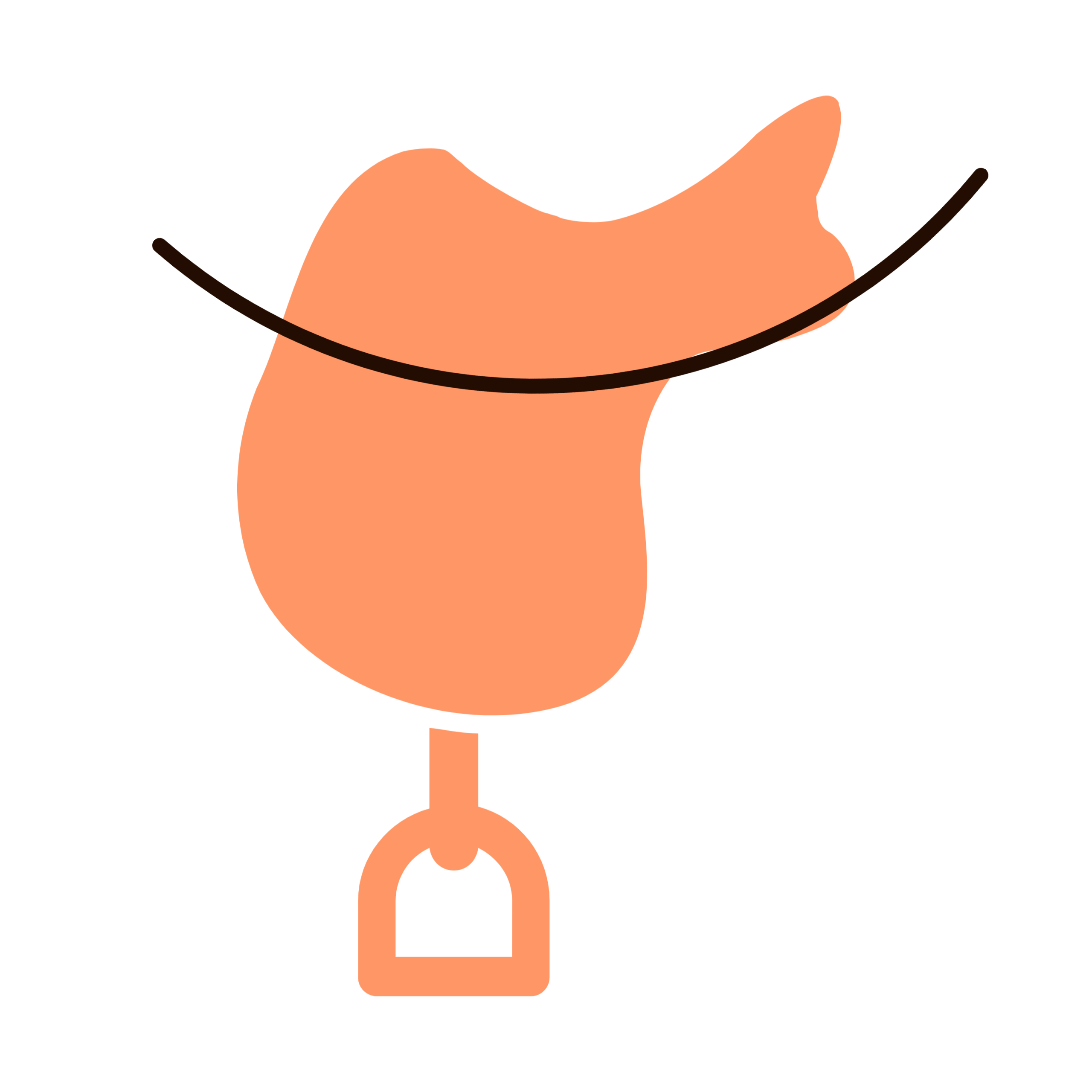The Impact of a Deep Seat in a Pony Saddle: Understanding Saddle Rocking
When it comes to equestrian riding, the proper fit and design of a saddle are crucial for both the comfort of the rider and the well-being of the pony. One common issue that riders may encounter is saddle rocking, where the saddle tends to shift or tilt from side to side during movement. In this blog post, we will explore how a deep seat in a pony saddle can contribute to saddle rocking and discuss its implications.
Understanding Saddle Rocking:
Saddle rocking refers to the unwanted lateral movement or instability of a saddle on a pony's back. It can be caused by various factors, including poor saddle fit, an unbalanced rider, or an unsuitable saddle design. When it comes to deep-seat saddles, which are designed to provide enhanced stability and security for riders, certain features may inadvertently contribute to saddle rocking.
1. Deeper Seat Design:
A deep seat in a pony saddle typically features a more pronounced dip or curve, allowing the rider to sit deeper within the saddle. While this design can provide a secure feeling and a closer connection to the pony, it can also create pressure points or contact areas that affect saddle balance. The increased surface area in contact with the pony's back can disrupt the saddle's stability, leading to rocking.
2. Narrow Twist:
Another characteristic commonly found in deep-seat saddles is a narrow twist. The twist refers to the part of the saddle that determines the width between the rider's upper thighs. A narrow twist aids in maintaining a close contact feel, but it can also increase the risk of saddle rocking. The reduced width limits the saddle's ability to distribute the rider's weight evenly, potentially causing the saddle to shift sideways.
3. Redistribution of Pressure:
In a deep-seat saddle, the rider's weight tends to be concentrated in a smaller area. This redistribution of pressure can affect the pony's comfort and the saddle's stability. The increased pressure in localized regions may cause the saddle to dig into the pony's back, leading to discomfort and potential movement of the saddle during riding.
Addressing Saddle Rocking:
To mitigate saddle rocking caused by a deep seat in a pony saddle, several steps can be taken:
1. Saddle Fit: Ensure the saddle is properly fitted to the pony's conformation and back shape. A professional saddle fitter can assess the pony and recommend suitable saddles that provide adequate support and balance.
2. Rider Position: Riders should maintain a balanced and centered position, distributing their weight evenly on the saddle. Proper alignment and posture can help minimize any imbalance that may contribute to saddle rocking.
3. Padding and Correction: Strategic use of saddle pads or shims can help address minor saddle fitting issues. These can assist in redistributing pressure and improving stability, but they should not compensate for an ill-fitting saddle.
4. Expert Guidance: Consult with equestrian professionals, such as trainers, instructors, or experienced riders, who can provide guidance on saddle selection, fit, and usage. Their expertise can ensure both the rider and the pony are comfortable and safe during rides.
While deep-seat saddles offer advantages in terms of rider security and connection, they can also present challenges such as saddle rocking. Understanding the potential causes and implications of saddle rocking is essential for maintaining the well-being and performance of both the rider and the pony. By prioritizing proper saddle fit, rider position, and seeking expert advice, equestrians can find solutions to mitigate saddle rocking and enjoy a more balanced and comfortable ride.

